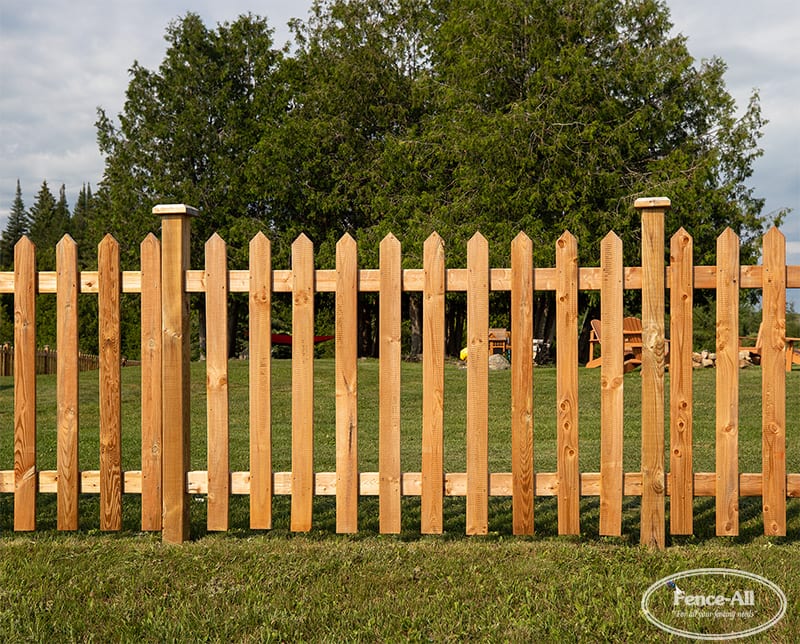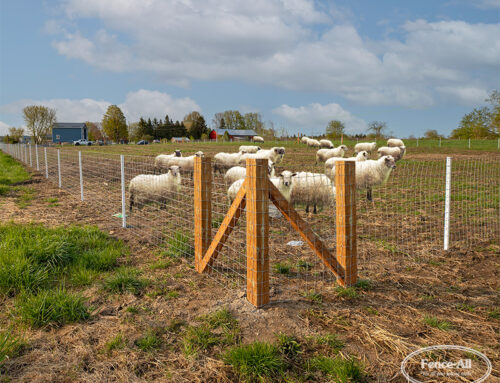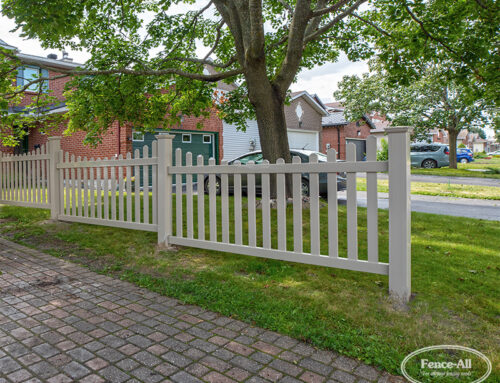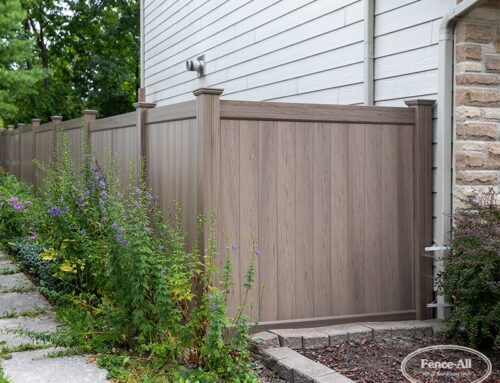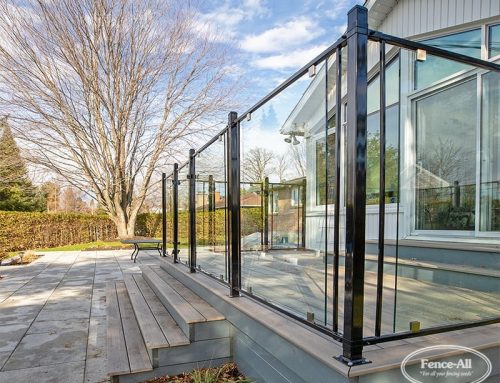Few things evoke a sense of classic suburban charm quite like the picket fence. It’s a symbol we’ve seen countless times in film, television, and even in the way we imagine “the Canadian dream.” But where did picket fences actually come from, and why have they remained so iconic?
Origins in Early Settlement
The history of picket fences goes back centuries, long before they became a hallmark of post-war suburbia. The term “picket” originates from the French word piquet, meaning a pointed stick or stake. Early European settlers in North America brought the concept with them, using wooden stakes as basic fencing to mark property lines and keep animals in (or out).
In colonial times, picket fences were primarily practical. They were made of wood—usually pine or cedar—and spaced to provide visibility while still offering a physical barrier. Their pointed tops weren’t just decorative either; they served to deter intruders or animals from climbing over.
From Function to Symbolism
As towns developed, so did the design and purpose of the picket fence. By the 19th century, it had taken on a more ornamental role, especially in residential areas. Painted white, the fence came to symbolize cleanliness, order, and a sense of modest prosperity.
In the U.S., the picket fence became associated with domestic ideals, and its popularity crossed the border into Canada. In Victorian-era Canadian towns, white fences framed small gardens and tidy yards, echoing the values of stability and civility. They were especially common in maritime provinces and parts of Ontario, where British architectural influences were strong.
The Post-War Boom
After the Second World War, picket fences gained even more traction, particularly in suburban developments across North America. They became a kind of shorthand for a peaceful, middle-class lifestyle—complete with a detached house, well-kept lawn, and friendly neighbours. While this image was often idealized, the fence remained a cultural touchstone.
In Canadian neighbourhoods built during the 1950s and ’60s, you could frequently spot them—sometimes painted, sometimes left natural, always neatly framing front yards.
Modern Takes and Nostalgia
Today, picket fences are still used, although less as a necessity and more for aesthetic appeal. Vinyl materials have joined traditional wood, and homeowners use them to add a nostalgic or heritage touch to their properties. They’re also a favourite in historical districts and in garden design, offering a quaint, inviting look.
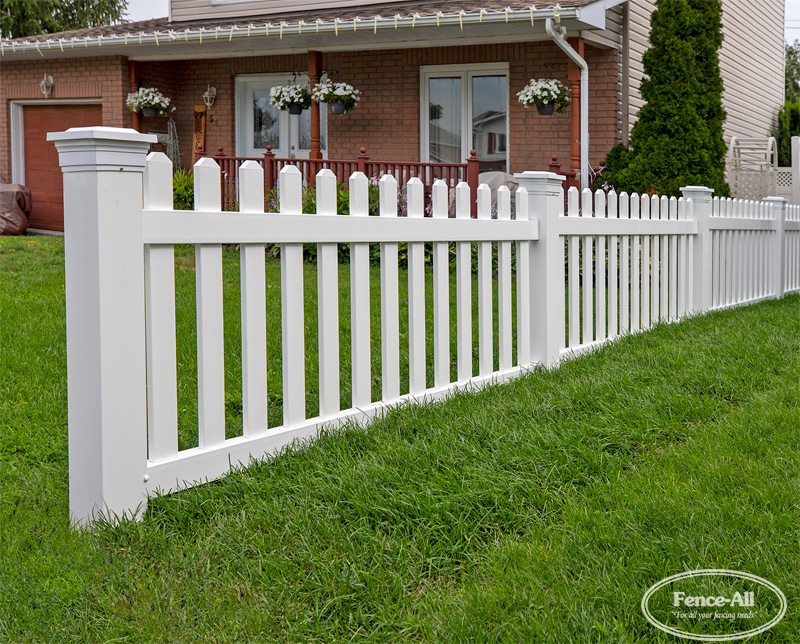
The Riverview is our version of the classic picket fence in vinyl.
While their symbolism has evolved, picket fences still represent something more than just a boundary. They reflect a desire for personal space that is both open and welcoming—something many Canadians continue to value in their homes and communities.

“For all your fence, deck, and railing needs”
